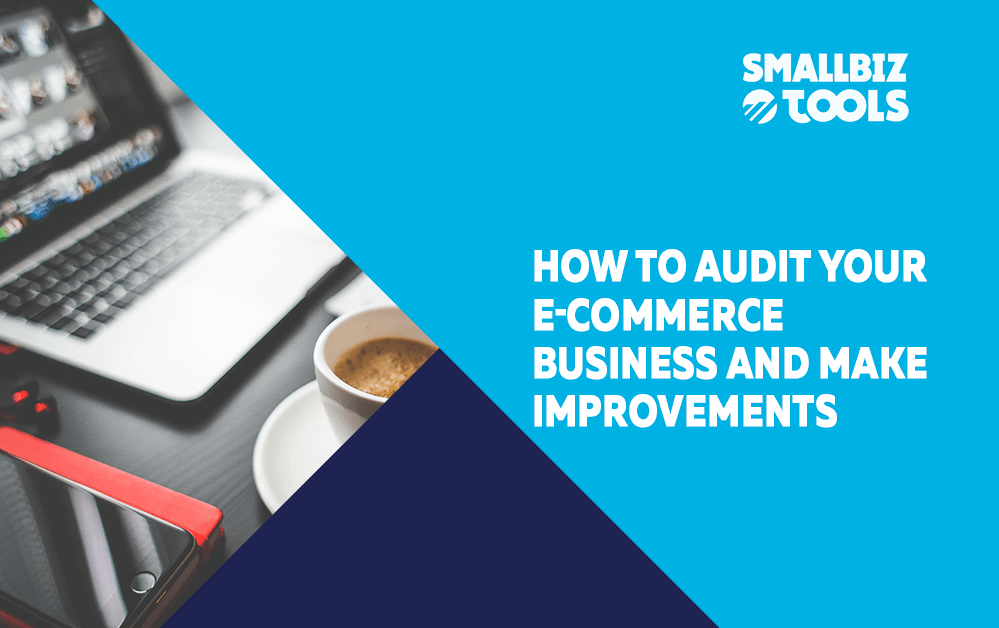LAST UPDATED ON October 24, 2022
How To Audit Your E-commerce Business And Make Improvements
E-commerce is one of the largest growing business sectors today, but be ready with an e-commerce business audit to help your site improve.

Ecommerce brands need great content in order to drive traffic, make sales, and build a customer community that will last.
How well is your content faring? Could you be doing more? When was the last time you did a proper e-commerce business audit?
It’s important to take a step back every now and then and audit your content to ensure it’s meeting your business goals. Read on for our handy guide to auditing (and improving) your e-commerce content.